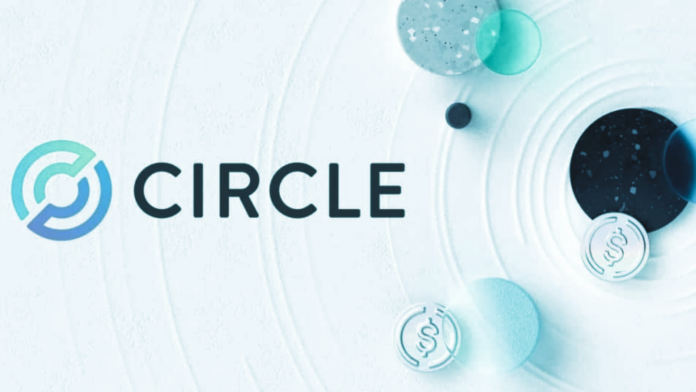In the ever-evolving world of digital finance, Circle, the renowned creators of USDC, is breaking new ground. They’ve recently unveiled a pioneering bridging standard, aimed at expanding the reach of their stablecoin. This announcement, made in a blog post dated November 21, marks a significant development in the realm of stablecoins.
Circle’s initiative addresses a pressing need in today’s fast-growing blockchain environment. The expansion of layer-1, layer-2, and layer-3 protocols poses a unique challenge: the impracticality of launching native stablecoins on each new platform. Circle’s response to this hurdle is both innovative and practical.
The solution lies in a new set of guidelines for using a bridged version of USDC on Ethereum Virtual Machine (EVM) compatible protocols. This innovative approach promises a seamless transition to native USDC in the future, marking a significant step in digital asset management.
Delving deeper, Circle, as a leading fintech player, clarifies that this bridged USDC will fall under an “unofficial” category. It won’t be available for issuance or redemption on major platforms. Instead, it serves as a temporary stand-in for the regular USDC, facilitating its use on platforms where tokenized dollar assets can be bridged.
For developers eager to integrate this bridged USDC into new blockchain protocols, there are two critical phases. Firstly, they must employ the standard’s guidelines to deploy a bridged USDC token contract. Once this is accomplished, the bridged USDC can be used to enhance stablecoin liquidity on the new network.
Should this bridged USDC gain substantial traction in terms of supply, user base, and app integrations, a joint decision by Circle and the third-party developers may lead to transferring the asset’s ownership to the Circle Consortium. Upon transfer, the bridged USDC is retired, replaced by a native version that maintains its supply and integrations.
Circle’s approach is not entirely new, as seen in their previous stablecoin deployments on networks like Polygon and the Coinbase-backed Base Network. These steps underline their commitment to enhancing stablecoin accessibility across various blockchain platforms.
One of the most notable benefits of Circle’s new bridging standard is its potential to resolve liquidity fragmentation. In the current landscape, blockchain protocols operate in relative isolation, complicating direct liquidity and information transfer. Traditionally, meeting token demand on specific platforms required creating compliant stablecoins, limiting the deployment of such assets.
Circle’s bridged USDC standard promises to be a game-changer. It removes the need for users to migrate unofficial assets to their native versions, a process often fraught with inconvenience and uncertainty. This internal handling of asset migration significantly eases liquidity concerns in the decentralized finance (DeFi) sector, allowing investors to access stable liquidity without future worries.
In conclusion, Circle advises developers to opt for a bridge system that includes upgrade functionality from the start. This recommendation underscores their commitment to providing a forward-thinking, user-friendly stablecoin experience.













